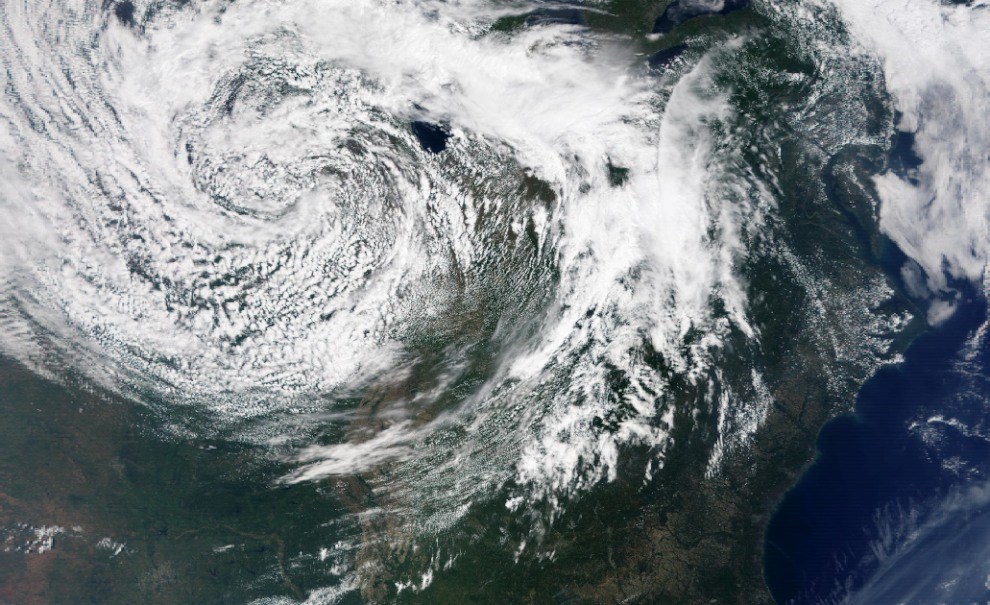
NASA image. IntroductionSpinning their way across the warmer parts of the globe, tropical storms or “cyclones” disrupt the lives and change the habitat of millions of coastal dwellers (human and wildlife) each year. A cyclone refers to an area of circular or near-circular fluid motion rotating around a center of low atmospheric pressure. At 38 miles per hour (61 kilometers per hour [kph]) or less, these weather systems are referred to as “tropical depressions.” When the sustained winds of a cyclone reach 39 miles per hour (63 kph), meteorologists assign them a name. Cyclones with sustained winds of 74 miles per hour (241 kph) or greater are hurricanes, but depending on which ocean these huge weather systems are in, different names are used. In the North Atlantic Ocean, Northeast Pacific Ocean, and South Pacific Ocean, they are called “hurricanes,” but in the Northwest Pacific Ocean, they are called “typhoons.” In the Southwest Pacific Ocean or Southeast Indian Ocean, they are called “severe tropical cyclones.” In the North Indian Ocean, they are called “severe cyclonic storms.” In the Southwest Indian Ocean, they are simply “tropical cyclones.” Yet, whatever you call them, these storms are the primary drivers of coastal change. Related Links |
Last updated: June 7, 2019
